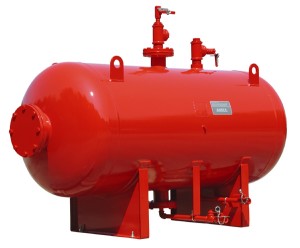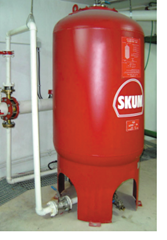Tyco International has announced that it has acquired Chemguard Inc. Including Chemguard’s subsidiary Williams Fire and Hazard Control Inc. The acquisition was transacted through the Fire Protection Products business and will allow Tyco to broaden it’s product and services portfolio in specialty chemicals, foam and foam hardware and firefighting services.
Please see the Tyco Press Release for further information.
InControl Fire Protection is the Tyco Authorised Distributor for foam products in Ireland and can provide assistance etc in design and specification of fire protection systems using foam products.
You can find more information regarding Fire Fighting Foam Products and Systems on our website – www.incontrolfp.com
We would welcome the opportunity to assist you on any projects you are working on and can provide independent advise on the different options available.
The combination of Ansul and Skum products (both part of the Tyco Fire Suppression and Building Products) cover a wide range of approvals including F.M., U.L. Listing, B.V., ABS etc.
Please contact us know if you require any further information or assistance with budgets, specifications etc.
InControl Limited
Zion Court
Zion Road
Rathgar
Dublin 6
Ph: +353 1 494 1429
Fax: + 353 1 492 6622



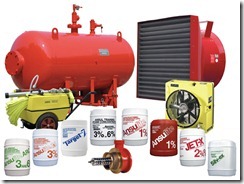
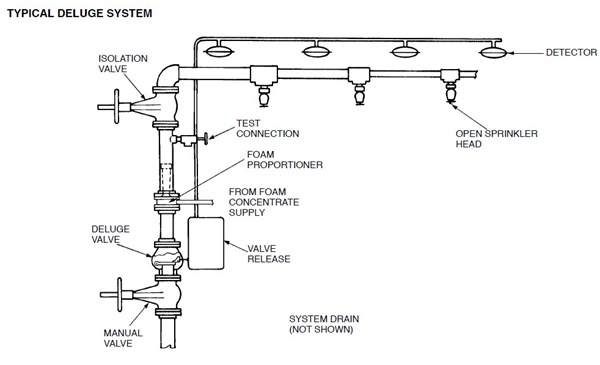
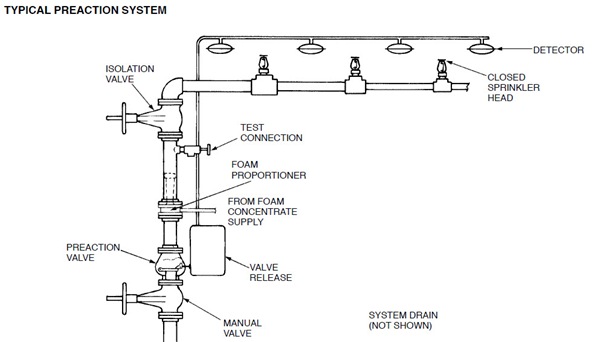
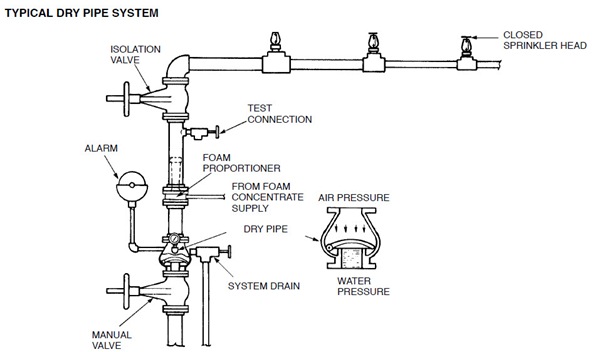
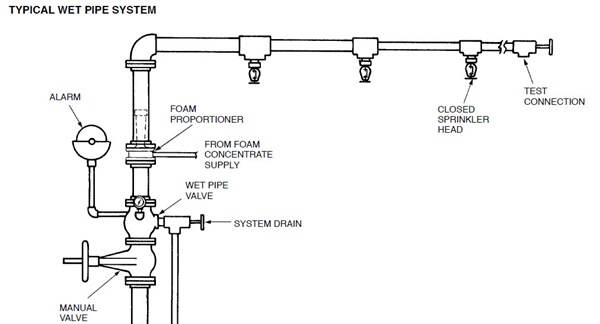
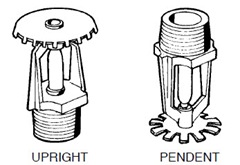
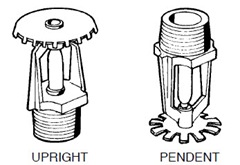
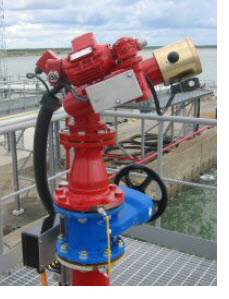 Tyco Safety Products Fire Suppression Group has unveiled a number of groundbreaking pieces of SKUM™ brand foam hardware: the new remotely controllable FJM-EL fog / jet monitor range, and the new HG high-expansion foam generators.
Tyco Safety Products Fire Suppression Group has unveiled a number of groundbreaking pieces of SKUM™ brand foam hardware: the new remotely controllable FJM-EL fog / jet monitor range, and the new HG high-expansion foam generators. 